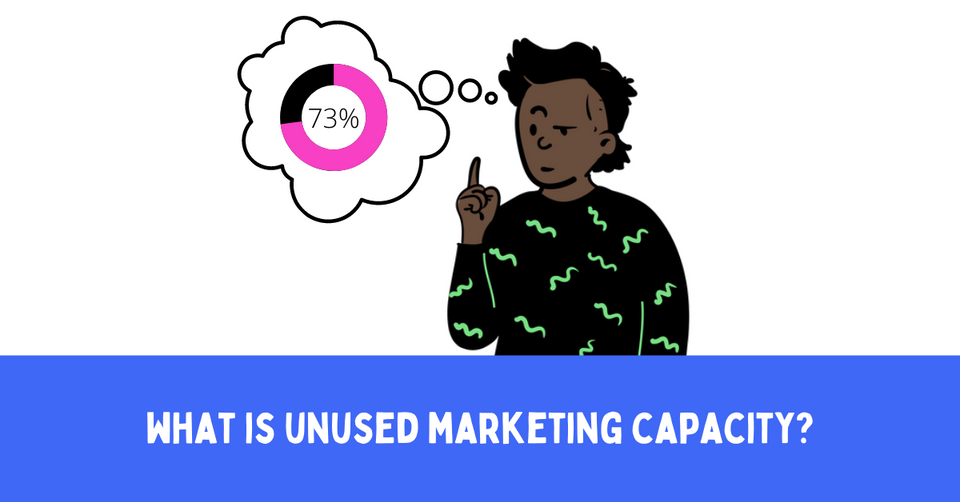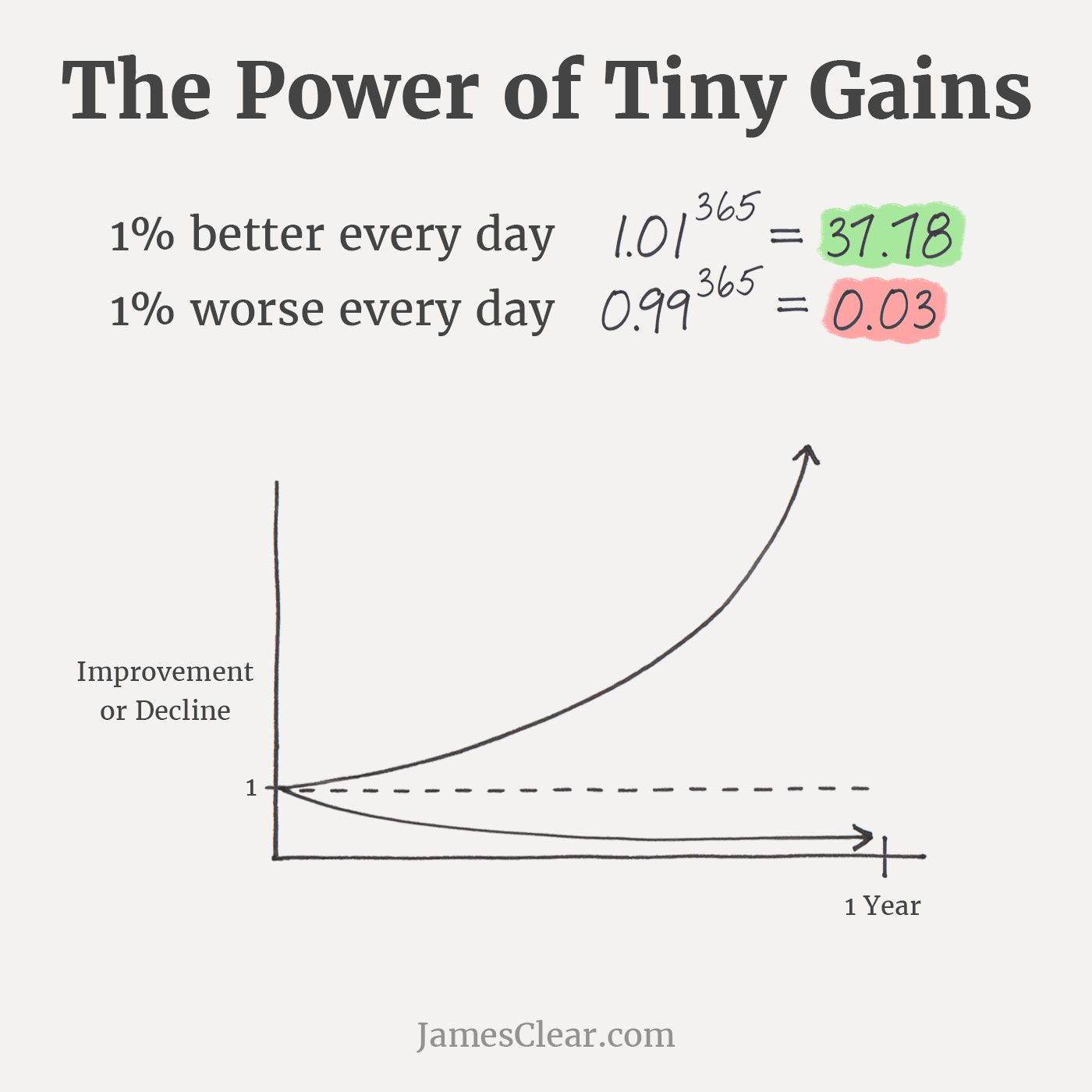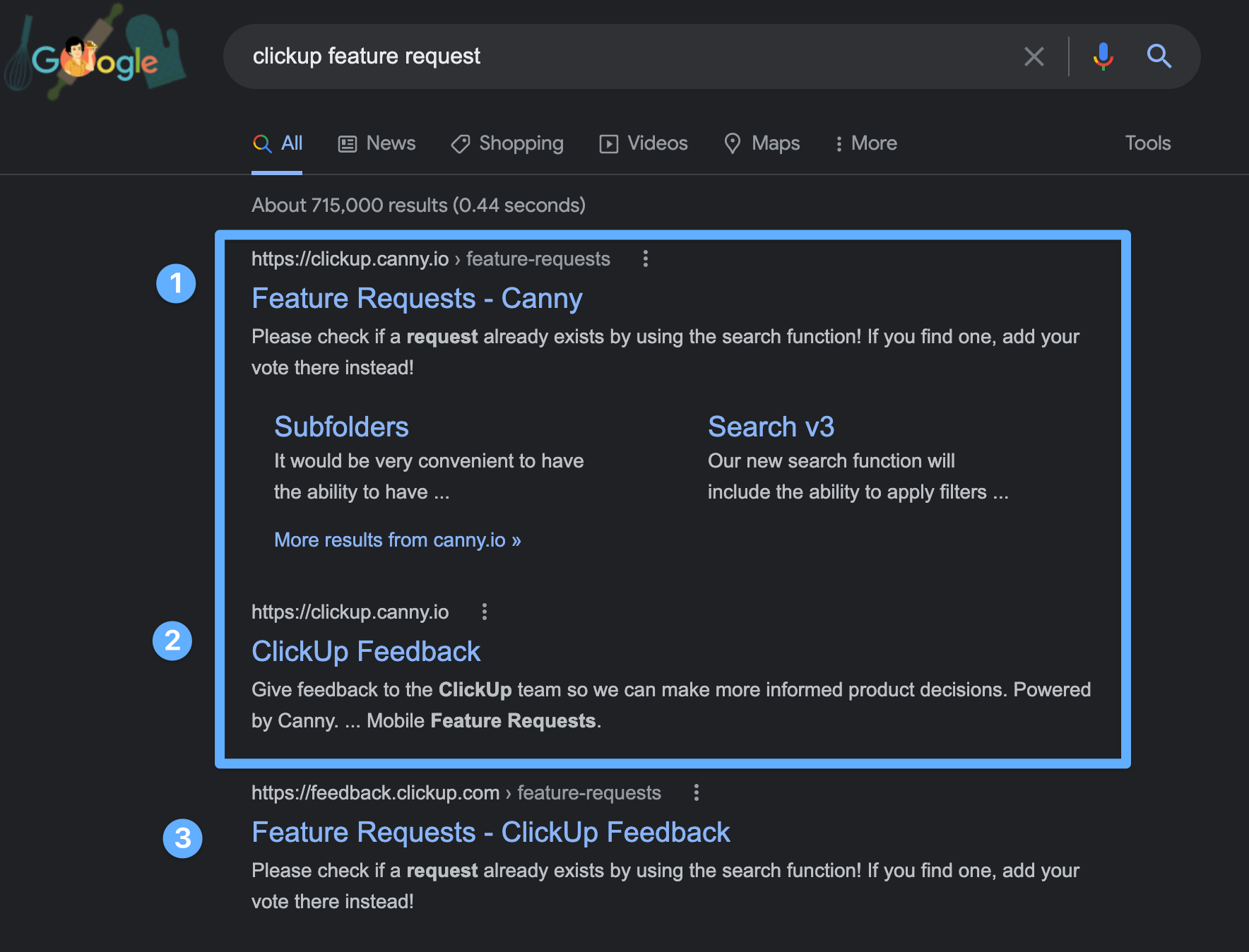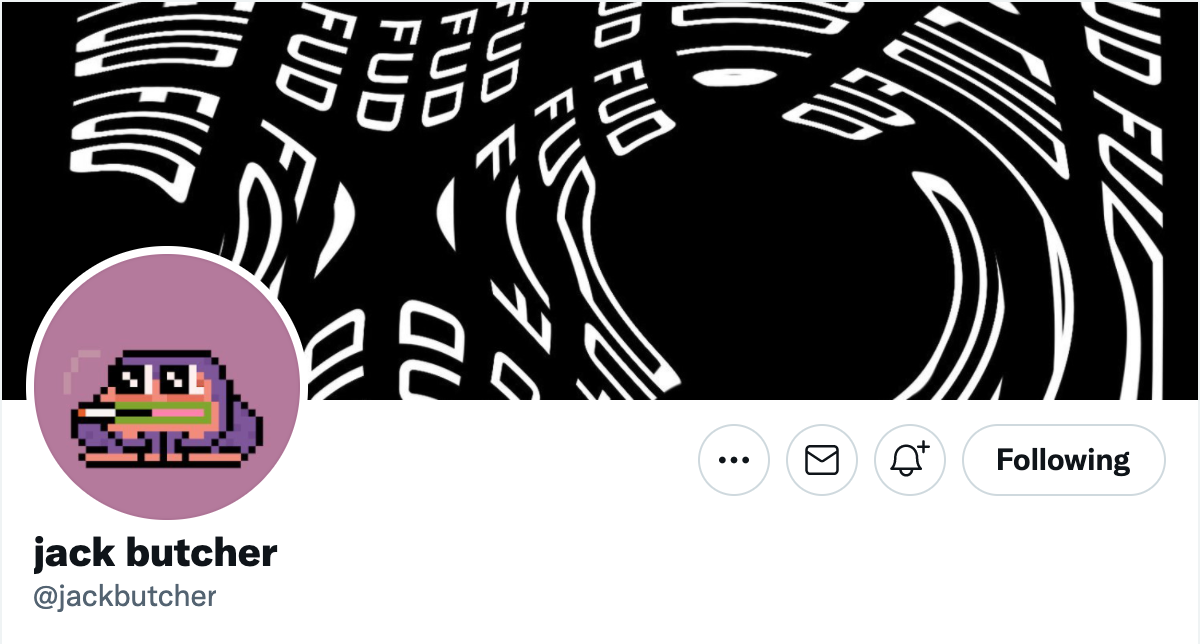Unused marketing capacity: The simple concept that made Uber huge can grow your business too

Uber's business model is based on finding and then exploiting unused service capacity. If a car is empty and it's driver isn't busy, both could be put to work. Uber finds this unused service time and sells it.
Unused marketing capacity is a collection of ideas, channels, mediums, or simply places you're not using. It's where you can get your message across to customers who you're not reaching as well as you could.
As marketers we spend a lot of time looking for the combination of channels that will deliver our message to the right people at the right time, working to influence those people to take action.
There are a lot of little things that we could do better. Little things that might not have a huge impact on the bottom line, but over time and with a consistent approach could sway people to like our brand more or buy more often.
Unused marketing capacity is everywhere if you look for it. It's empty space in email signatures where you could include a link to your latest blog post. It's friendlier customer support responses. There are tons of little things we could do that add up to make a big impact.
How can unused marketing capacity help?
Research suggests that between 6-8 marketing "touches" are required to generate quality sales leads.
We can be strategic about those touch points and who we target with them. Unused marketing capacity is another way to add touch points that might not be obvious at first, but can boost brand impressions and over time add up to significant mental availability (thinking of your brand in a buying situation).
Unused marketing capacity can also boost product availability (making your products accessible for purchase). By adding a message or a link in the right places, customers may find it easier to engage with you.
Compounding gains versus big wins

Big campaigns are awesome to work on. Big budgets and gigantic revenue targets are exciting (and sometimes pants-shitting scary), but it's equally thrilling to stack win after win and compound your growth with little tests and trials.
If you improve anything by 1% every day for one year, you end up 37x better off. Marginal gains and experimenting with unused marketing capacity can pay off big time.
Here's an example from my time at ThinkTilt.
We sold a form builder app, ProForma, on the Atlassian Marketplace. Being a third-party vendor means selling on someone else's platform, which usually means less direct contact with customers. We only knew who installed our app - not who our users were.
We had a thriving business with increasing sales, but it was hard to get in touch with our users to understand what they wanted and needed from ProForma. So we looked at the communications channels we could control and two stood out:
- The product
- Support
We added simple calls-to-action to users: Connect with our support team with any questions you have.
Customer support is often seen as a cost center, but for us it was a direct point of contact with our actual users. The number of support tickets went up. The number of feature suggestions and reviews and helpful feedback notes went up. One little CTA, repeated over and over again, made a huge difference to our growth.
Where to find unused marketing capacity
Here's a non-exhaustive list of places you can look for unused capacity:
- Email signatures
- Email newsletters
- Social media profiles (company, brand, product, and teammates)
- Websites and blogs
- Video tools (add a watermark logo to your videos)
- In-product
- Phone
- Support portal and interactions
- Documentation and help content
- Physical spaces around you and your customers
Any time or place your brand comes into contact with a customer is a potential engagement. Each one of those touch points can be optimized.
But just because you can optimize and tweak everything doesn't mean you should. Remember that you have a brand image to maintain and everything you do should reflect that.
The idea of finding unused marketing capacity isn't to use every square inch of screen or space to message your customers. The point is to find places that you can leverage to engage in a meaningful and positive way.
Use customer segments to pinpoint changes
Different customers may engage with your brand through different channels. In the context of unused capacity, this means you can identify channels where you can speak to specific customer groups.
A lot of marketing and copywriting is about making people feel seen, heard, and understood. If you use certain channels to reach a specific segments, look there for unused capacity where you can deliver a high-impact message.
Examples of unused marketing capacity by business type
None of these ideas are groundbreaking, but it's often the little touches (i.e.: the unused capacity) that make a big difference.
Saas
Are you sharing updates, roadmaps, and release notes with your users? It doesn't matter if your customers use your app daily or once a month, can you use a tool like Beamer to share product updates that let users know they're getting more value?
eCommerce
Some products beg to be shared with friends and family. Make it easy for customers to talk about and share your product by including coupons, discount codes, pre-paid postcards to send to friends. Mix offline with online and include a QR code to scan and immediately share a picture of your product.
Physical retail
A-frame signs on the sidewalk are a simple but effective way to let people know you're there. People are busy and sometimes they need a little nudge to look up and discover what's around them. Can you put a sign out front directing people to your shop?
Service businesses
Are you asking for reviews? I've worked with and run many service businesses and one of the simplest wins was to start asking for reviews. Carpet cleaning, appliance repair, auto mechanics, hairdressers, and even doctors need the support of their clients to help them grow. Service businesses always conclude with an interaction and if customers are happy, that's the best time to ask for a review.
Examples of unused capacity in the wild
A slight twist: Looking for underutilized capacity

Underutilized capacity is about finding areas of your business that can be used more effectively. Canny, a customer feedback tool, made its feature request pages indexable by search engines. Those pages often outrank their customers' own pages. In the screenshot above, Canny outranks ClickUp for "click feature request".
The same is true for almost any Canny customer. This makes Canny incredibly easy to find and with every click to a Canny feedback page, the company makes an impression on potentially new customers. Amazing.
Profile pics > NFTs > community > massive awareness

If you've used Twitter at all in 2021, you'll be aware of non-fungible tokens (NFTs). Many NFTs are images whose ownership is documented on a blockchain. But what non-fungible tokens are isn't important here.
What is important is how quickly they took over the profile pics of so many accounts on Twitter.
Profile pics, it turns out, where being underutilized. As people buy NFTs, they change their profile pic to be the NFT they just bought. This signals to everyone who follows and engages with them on Twitter that they're a member of a community of people who buy similar things. It's a signal that they're someone you can be like, too.
This profile picture unused capacity is now a powerful driver of awareness and purchase of NFTs.
When to look for unused capacity
Updating email signatures and adding watermarks to your videos are little things. But when you add a little here and a little there, over time the little things can add up to big change.
I'm not suggesting that you spend all of your time looking for ways to make small changes. Big integrated marketing campaigns and co-branding collaborations will probably bring in more customers and have a bigger immediate impact. What I am suggesting is that it's worth thinking about the little things.
When you're planning your next email nurture campaign, think about the signature. When you make your next series of videos, consider a watermark. The next time you review your standard support responses, ask how you can make it more delightful for customers.
Brainstorm an unused capacity hitlist
I find the best way to address unused capacity is to set aside time to think about all the little ways we can tweak our customer touch points.
Block 45 minutes on your calendar and invite a few colleagues from different departments. Marketing, sales, support, customer success all have different points of view and can all highlight cool little opportunities to improve the customer experience.
Here's an outline of how I've run this session:
- Intros and chat (2 minutes)
- Why we're here and what we want to accomplish (5 minutes)
- Brainstorm customer touch points (5 minutes)
- Review touch points and group them together (10 minutes)
- Break (3 minutes)
- Pick touch points and brainstorm five unused capacity ideas (20 minutes)
After the session, record all of the ideas in a document and share it with everyone who came to the meeting. Now when you have a campaign that uses one of these touch points, you can pick an unused capacity idea and test it out.
Also, the next time you're between launches or campaigns, review the list and spend some time experimenting with little tweaks.
Testing your changes
There's no point to doing all of this if you're not going to review results. Before you make any change, benchmark your data so you know where you're starting.
If you add an email signature, note your email click-through rate. Add a UTM code to the link so you can attribute traffic to the new signature. Whatever the change, find a simple way to measure it.
Where can you make small changes that add up to big impact?
You've probably heard this metaphor about prioritization:
You have to fit big rocks, pebbles, and sand into a jar. What goes in first?
If you add sand first, none of the big things fit. If you start with pebbles, you can fit the medium and small things. But if you start with rocks, then add pebbles, and finish with sand you can fit it all in.
Unused capacity is the sand and that's why I love it. Big rocks (IMCs, large ad budgets, etc.) take up a lot of space and make waves. Pebbles (email nurture, sales outreach) continue to make ripples. Sand (the details) is usually where people take action. It's the CTAs in the right place. It's the simple feedback widget in your product.
5 key takeaways about unused marketing capacity
- Marketing is a series of touchpoints we manufacture to make our brands and products a part of people's lives. By adding a message or a link in the right place, we're adding potentially valuable touchpoints to help customers take action.
- Small gains add up to big wins over time. Finding more places where you can make small but good impressions on customers can add up to a big impact.
- Just because you can optimize everything doesn't mean you should. Sometimes giving customers space is the best thing you can do for your brand.
- From Saas to offline retail, there are opportunities to add and improve your customer's experience. It doesn't matter what kind of business you're in.
- The best way to get started is to brainstorm a list of unused capacity, create a hitlist, and block time on your calendar when you'll run your experiments.



